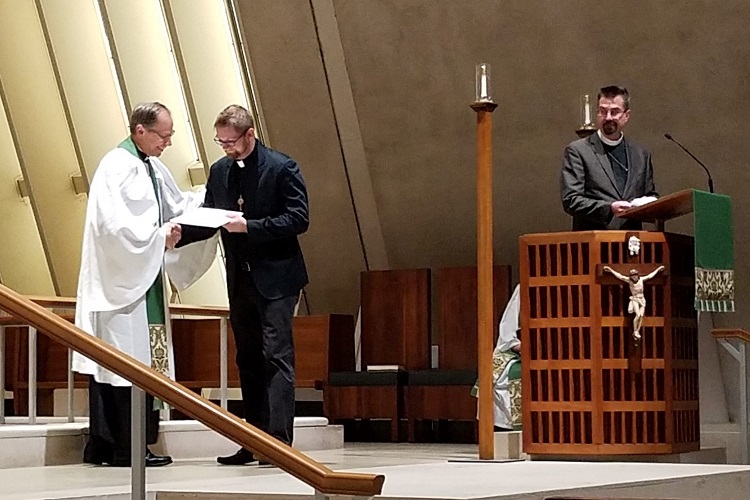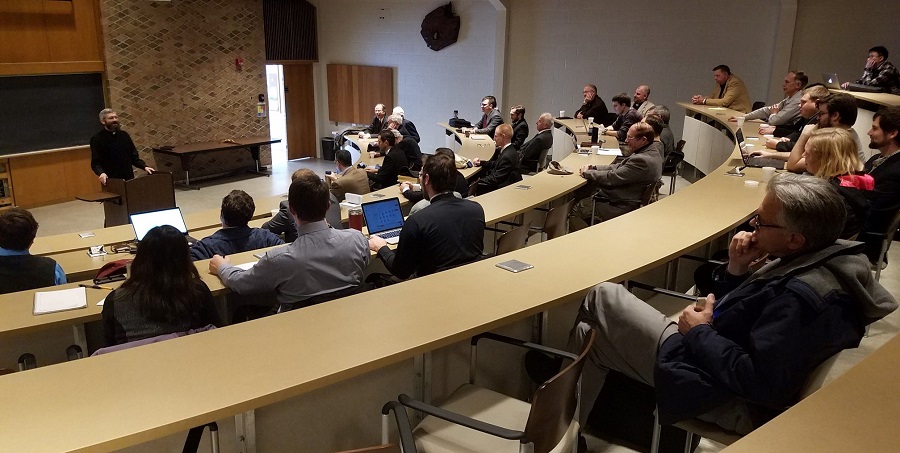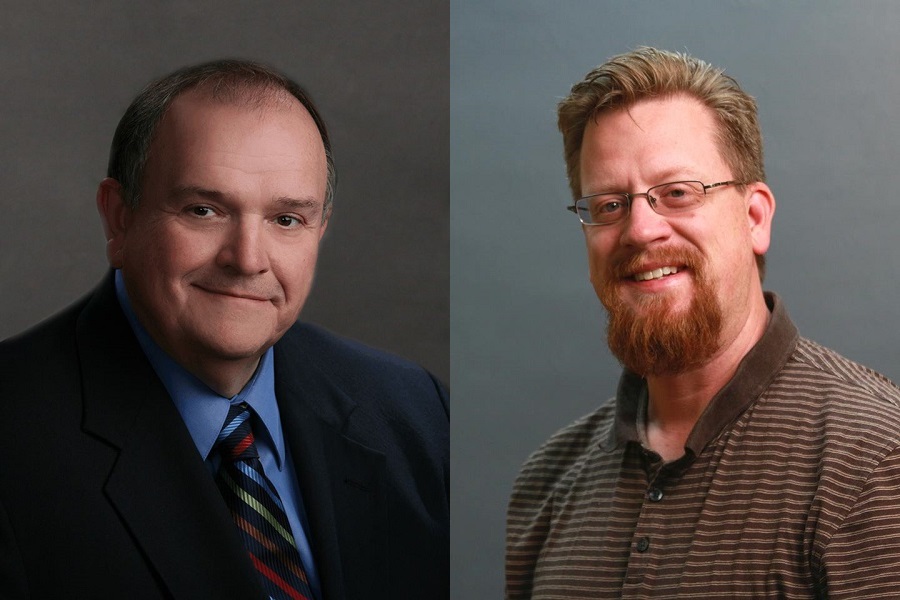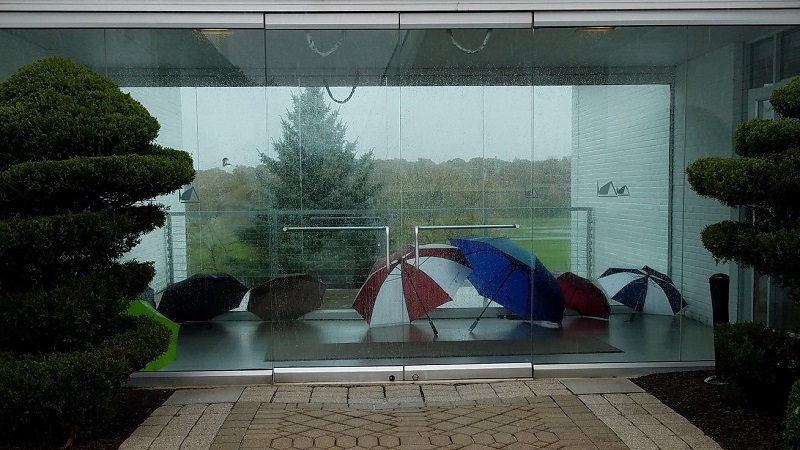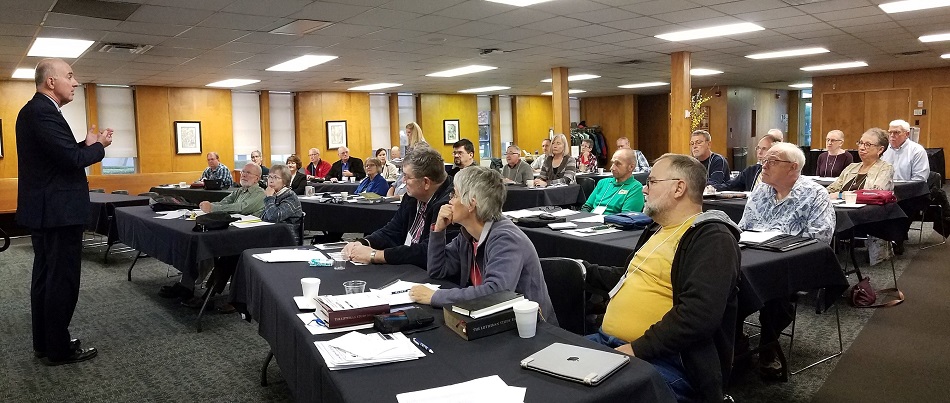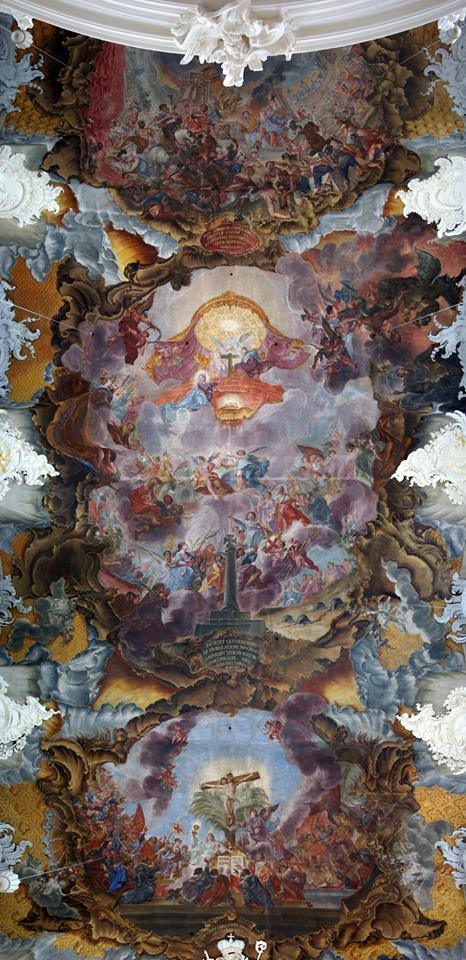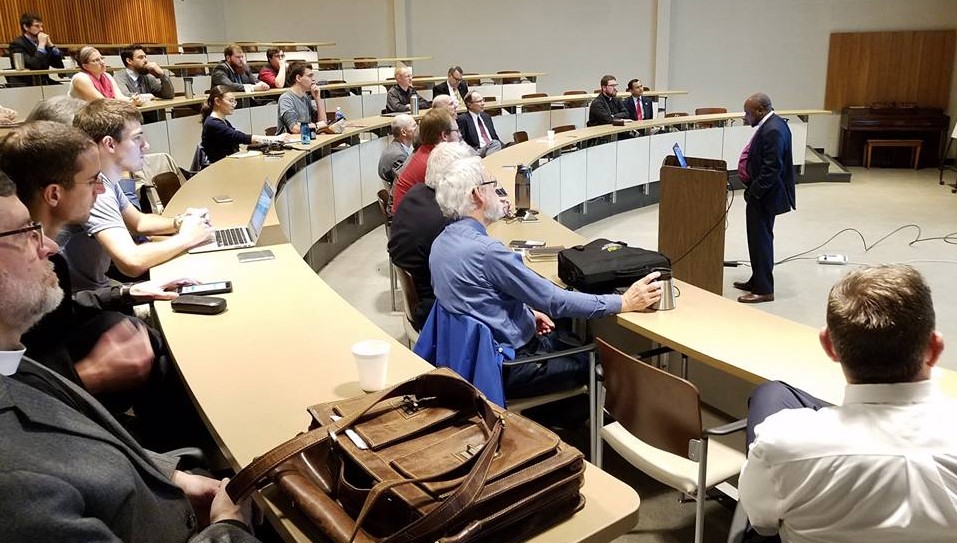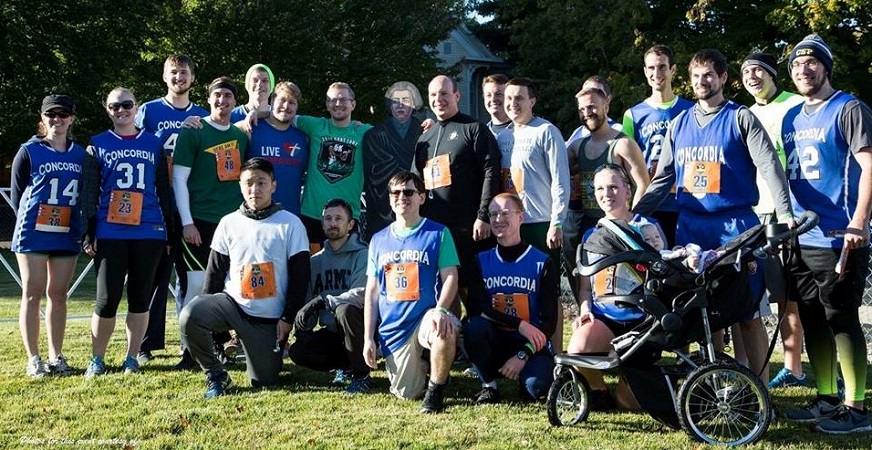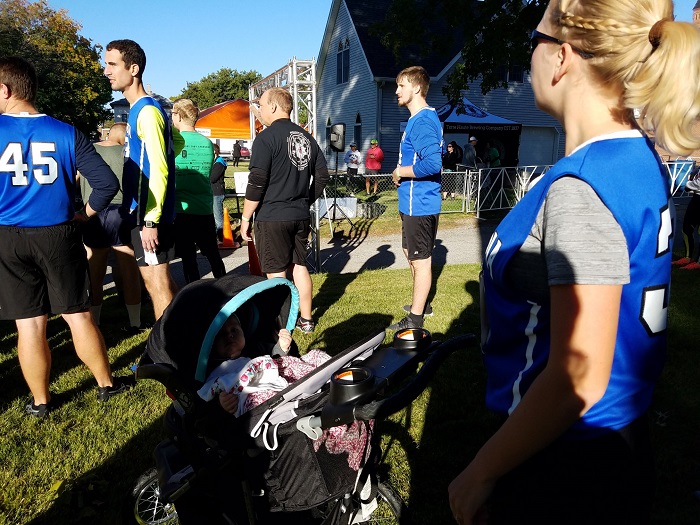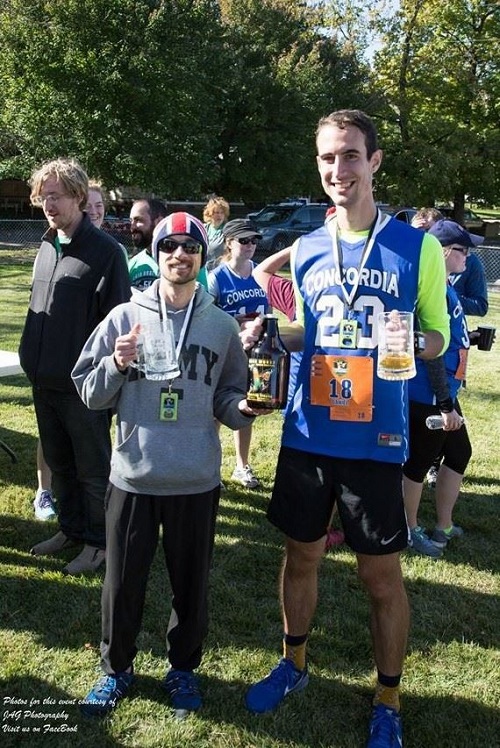The Seminary Guild meets almost every second Tuesday of each month during the Academic Year. Before they discuss their ongoing or future service projects for the students, they begin each meeting with a presentation by a staff or faculty member. The presentation is often a learning seminar, acting as a thank you for their work and often affording them an inside view of what’s going on at the Seminary, which in turns gives them ideas for how they can possibly assist.
Rev. Matthew Wietfeldt, Director of Admissions and Christ Academy, presented on Christ Academy. Father to five daughters, Rev. Wietfeldt began his presentation by explaining, with a grin, that Christ Academy is his sixth child, “And the only one that’s male–or at least partially male,” he added. “It’s a great joy of mine.”
Christ Academy is a youth vocational discernment program, and a way to begin raising up future generations of pastors and deaconesses even while the Seminary is training the current generation. Christ Academy serves three age levels: confirmation, high school, and college. The high school program is further divided into male and female programs.
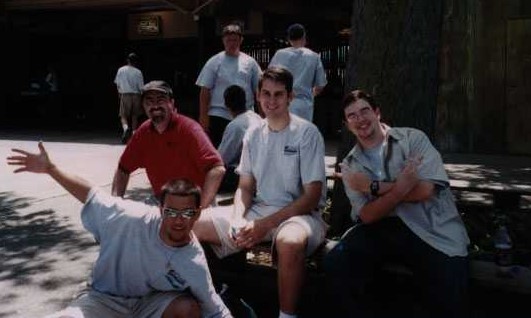
Founded in 1999 by the Admission Department, the program began as just the high school academy for young men (go to the photos from that year and you’ll find our very own Dr. Benjamin Mayes standing among the students; he served as Student Director and was instrumental to getting the program off the ground). The college program was added in 2006, Phoebe (the high school women’s program) started in 2012 as just a three-day weekend for both mothers and daughters, and in 2015 the Confirmation Retreat (which had already been ongoing through another department) was added to its umbrella. For its 20th year, the program will have two Confirmation Retreats for pastors and their confirmation classes in the Spring and Fall, the two-week summer academy for high school men and women (called, respectively, “Timothy School” and “Phoebe School”), and the college retreat also in the fall.
Though these programs serve different age levels, Christ Academy always works on a three-fold platform, designed around liturgical worship (students join the community in worship in Kramer Chapel), confessional Lutheran catechesis (“We don’t dumb down our teaching,” Rev. Wietfeldt explained. “Our faculty teach them the same way they do seminarians. We raise students up to a level they can reach rather than lowering the bar.”), and fun. Fun is important because getting together as the body of Christ is important; you learn to like each other, to smooth out each other’s rough edges, and how to both lead and be led.
Though they could arguably be called camps (especially the two-week programs for the high schoolers), they are not called that in order to distinguish them as fully structured Seminary experiences. “The point of the academy is that you are diligent in your worship, diligent in your learning, and, yes, diligent in your fun,” Rev. Wietfeldt said. “We don’t play around in worship, worship our work, or force learning into our play.” Though there’s naturally some crossover between the three, they all have their roles, and their own time and place.
Most youth vocational programs of this type see about 20% of their participants eventually become the vocation they were studying (in this case, pastors or deaconesses). Christ Academy is at about 25%. And that doesn’t include those who have gone on to our sister seminary in St. Louis, nor those who become other types of church workers, like teachers, DCEs, music directors, organists, and kantors. If you add those, Rev. Wietfeldt calculated the number at 35-40% of participants. Add on to that the young men and women who are beneficial to their congregation as theologically and liturgically-minded laypeople serving their home churches, and he guesses that it rises to 75 or 80%.
“The Church has a lot to be excited about because we are putting through such qualified individuals,” Rev. Wietfeldt said. As to the Seminary Guild: “The biggest thing you can do is pray. Pray, pray, pray. Pray for these young men and women. ‘The harvest is plentiful but the laborers are few.'”
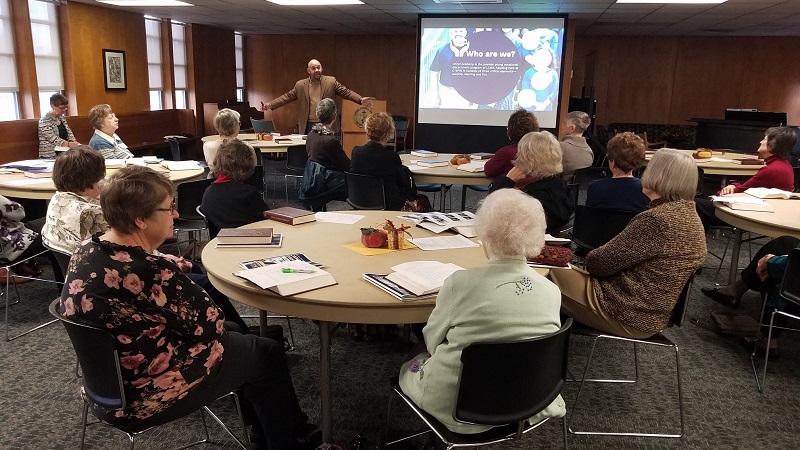
To learn more about the Seminary Guild, go to www.ctsfw.edu/SemGuild.
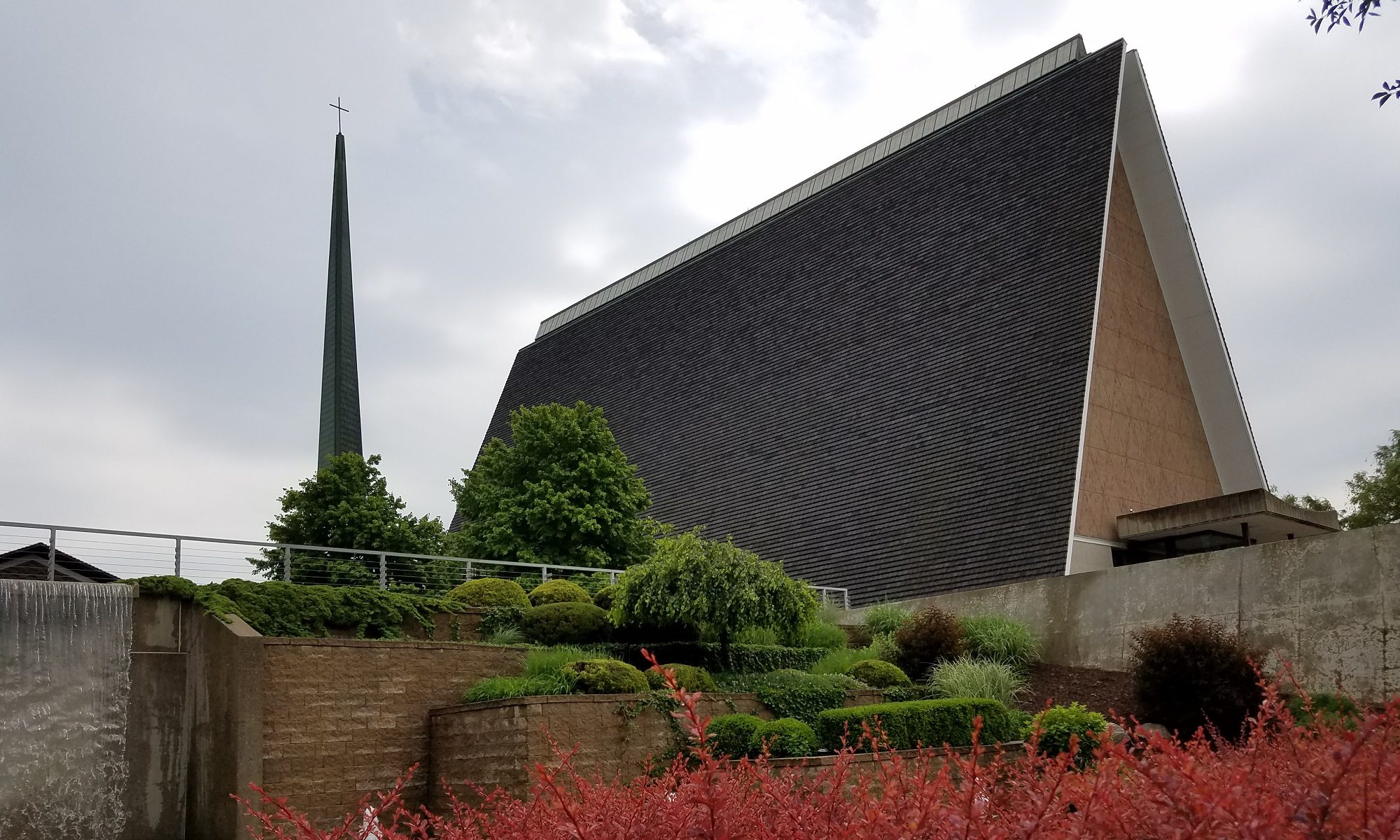
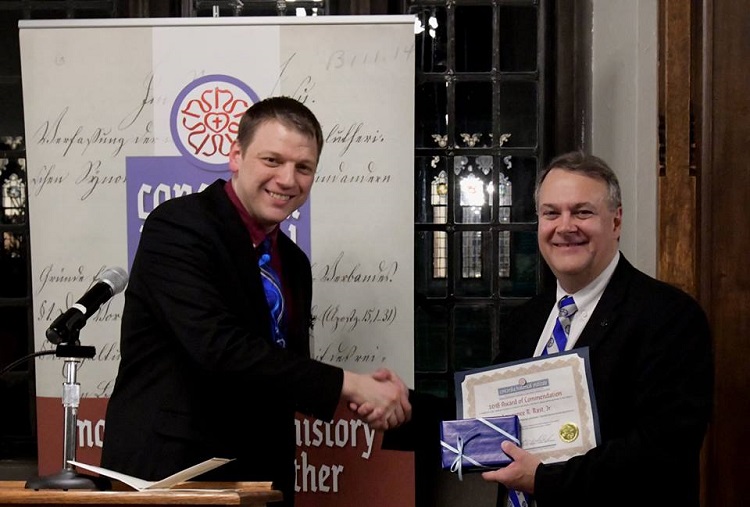
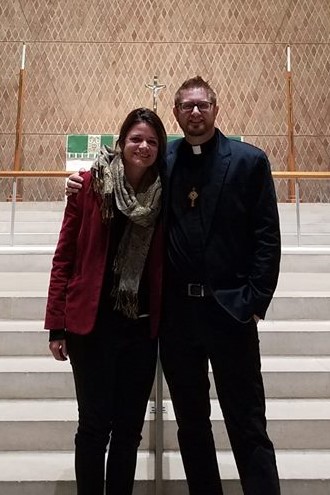 James’ path through the Seminary looks quite a bit different than that of his fellow seminarians. He and his wife, Christel, were serving as career missionaries in the Dominican Republic when he began his studies to earn an MDiv. However, the mission did not want to lose him in the fi
James’ path through the Seminary looks quite a bit different than that of his fellow seminarians. He and his wife, Christel, were serving as career missionaries in the Dominican Republic when he began his studies to earn an MDiv. However, the mission did not want to lose him in the fi